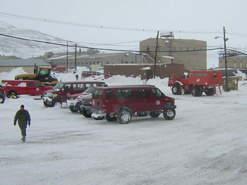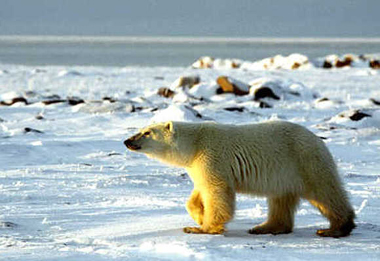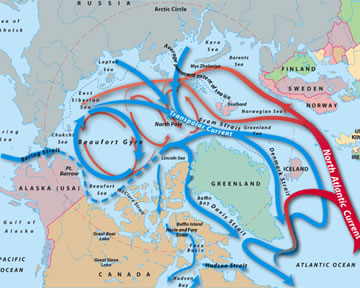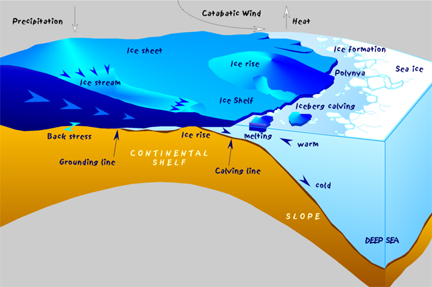Click on image for full size
Image has been released into public domain (found on wikipedia.org).
Exploration of the Poles of the Earth
Polar exploration includes the physical exploration of the Arctic and the Antarctica. The Arctic is the area around the Earth's north pole and includes parts of Canada, Greenland, Russia, the United States (Alaska), Iceland, Norway, Sweden, Finland and the Arctic Ocean. Antarctica is the southernmost continent or the area around the south pole.Humans have always been driven to explore the unknown. Because of their extreme weather and dangerous oceans to cross, the polar regions of the Earth proved to be hard places to reach. Though exploration of these regions has been going on since B.C. times, it wasn't until the last 100 years that many remote places were reached. Obviously, much exploration and study is yet to be done as permanent living stations and expeditions continue into the 21st century. Please choose any of the following links to explore more yourself!
- Arctic Explorations - Highlights in a table form
- Antarctic Explorations - Highlights in a table form
- The History of IPY - The history polar science campaigns
- Postcards from the Field - First hand accounts from scientists and educators in Antarctica
- Researching Under the Arctic Ice - See what it is like to dive under sea ice
- Video: Exploring the Arctic by Dog Sled















